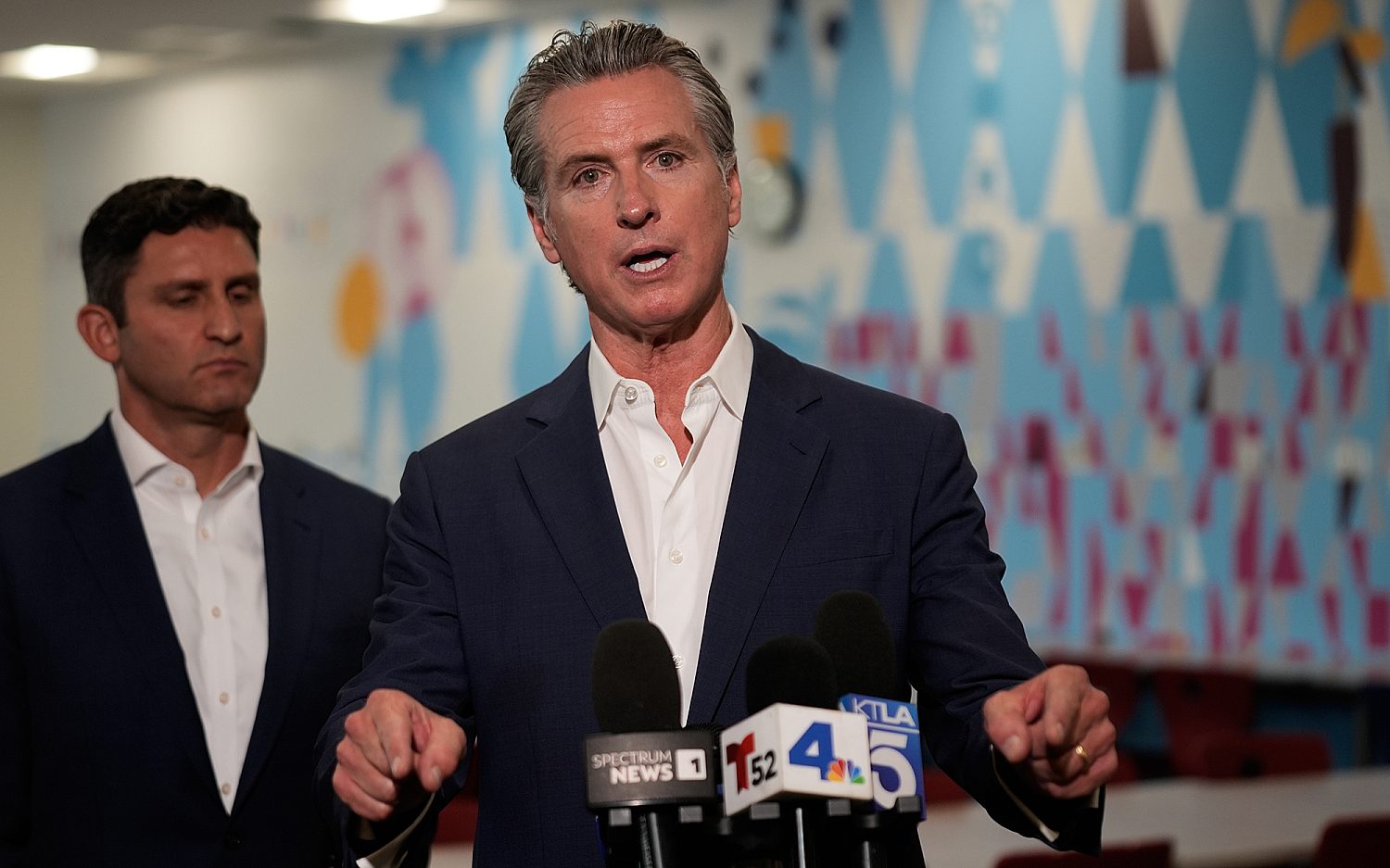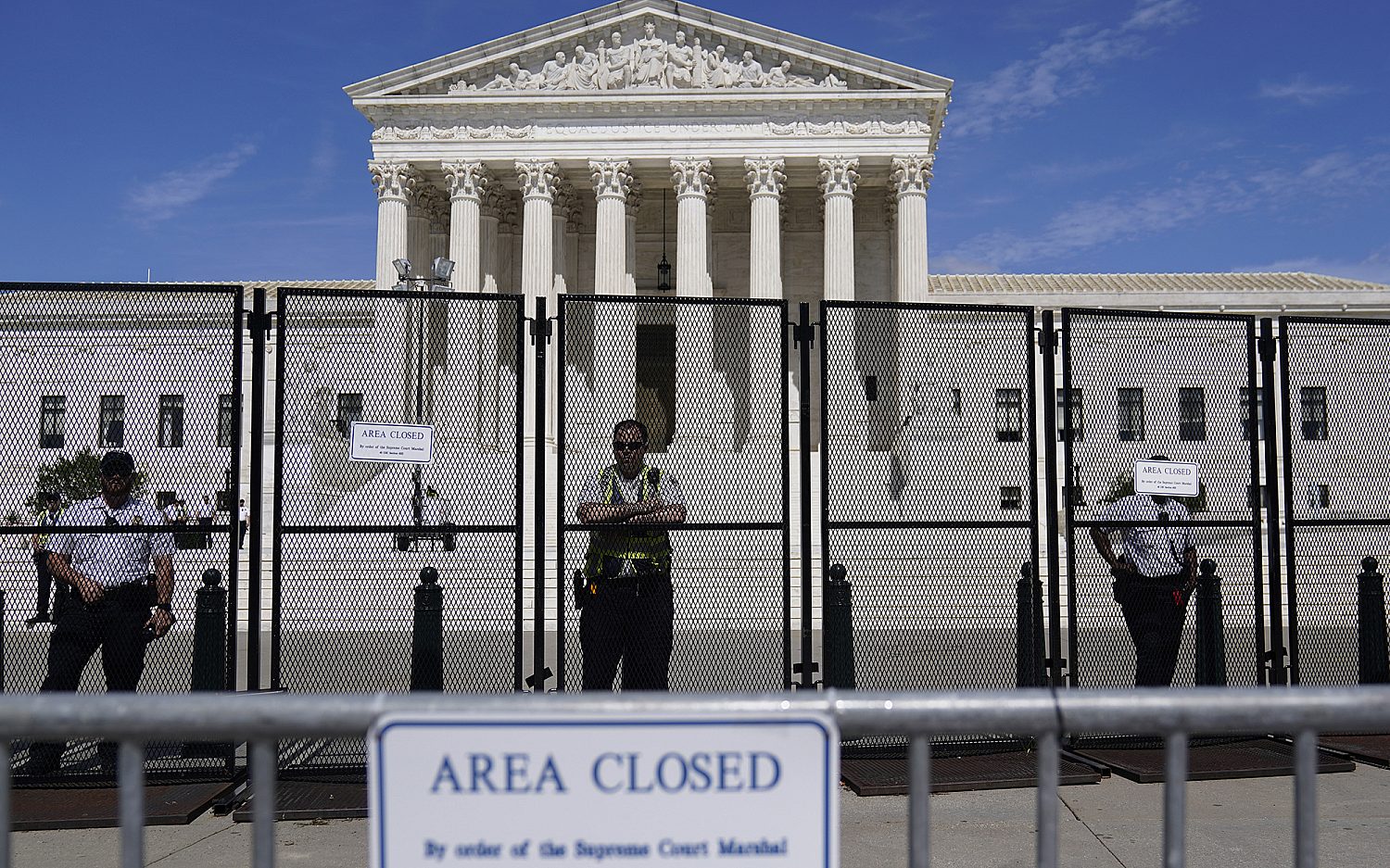The good news and bad news on giving
Americans donated more to organizations last year than they have since the start of the recession, according to a Giving USA report released last week. The 3.5 percent increase to education, the arts, health, religion, etc., seems promising, but with inflation that number gets cut more than half—down to 1.5 percent. And after four years of dwindling donations, many charities still struggle to make ends meet. Giving to religious groups, which mainly includes houses of worship, has dropped 2 percent when adjusted for inflation.
“The reason that’s surprising is because giving to religion has typically been recession proof,” said Rick Dunham, editor of the religion portion of Giving USA’s report. “When other sectors are going up and beginning to recover, giving to religion is really struggling.”
Larger organizations, with enough manpower and funds for marketing, are maintaining their donation levels, but smaller regional ministries continue to lose funding.
Two reports released by the Evangelical Council for Financial Accountability (ECFA) agreed. Small global missions groups (those with annual revenue under $1 million) experienced a 9.6 percent decrease in funding last year.
“They have to do more with less,” said Dan Busby, president of ECFA.
And since giving has declined each year since the recession began, last year’s decrease further compounds the challenging situation for smaller ministries.
The plunge in contributions during the recent recession returns giving to levels recorded in the early 2000s. Small and regional ministries have to direct scarce resources to donor acquisition and marketing, keeping contributors engaged in the ministry.
“Overall, giving is flat to down for most charities, while the need for program resources getting help to program recipients is up,” Busby said. “That leaves a gap in what can and should be accomplished by charities.”
Giving numbers closely follow fluctuations in the economy, so high unemployment rates also affect contributions. Individuals give more than three-quarters of overall donations, so when people don’t have jobs, they don’t give, and that includes Christians.
“Christians have been impacted with the economy right along with others,” Busby said. “And so many who support Christian causes have been unemployed, underemployed, have had reductions in their finances.”
Both reports predict that a few years must pass before funding levels will increase again. And even though giving to religion dropped last year, it remains the largest category of contributions in the United States, with one-third of all donations go to religious groups. Those figures cause Busby to be optimistic: “I believe God’s people are still significantly interested in supporting Christian ministries, but it’s a matter of how much they have to give.”
An actual newsletter worth subscribing to instead of just a collection of links. —Adam
Sign up to receive The Sift email newsletter each weekday morning for the latest headlines from WORLD’s breaking news team.




Please wait while we load the latest comments...
Comments
Please register, subscribe, or log in to comment on this article.